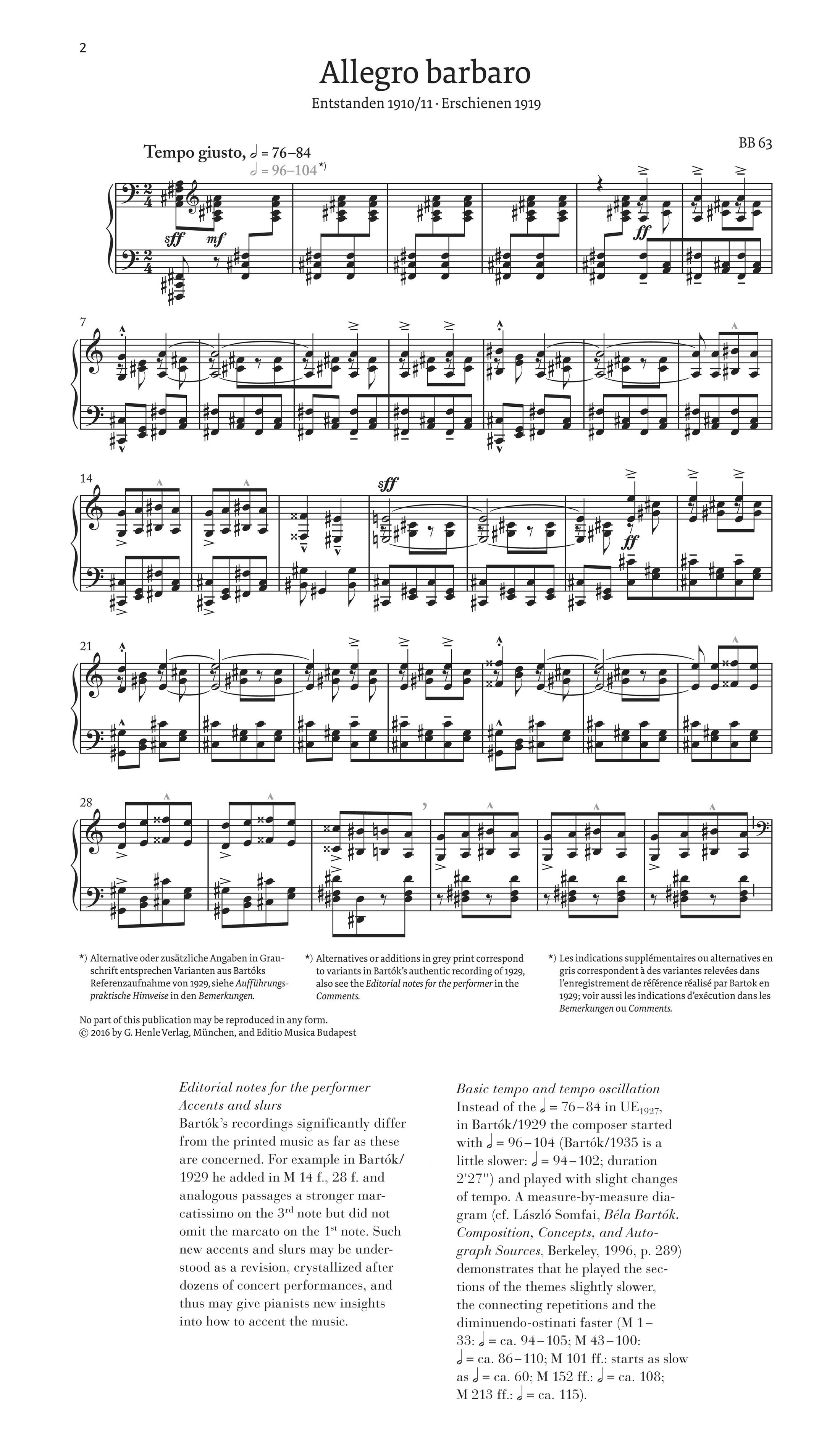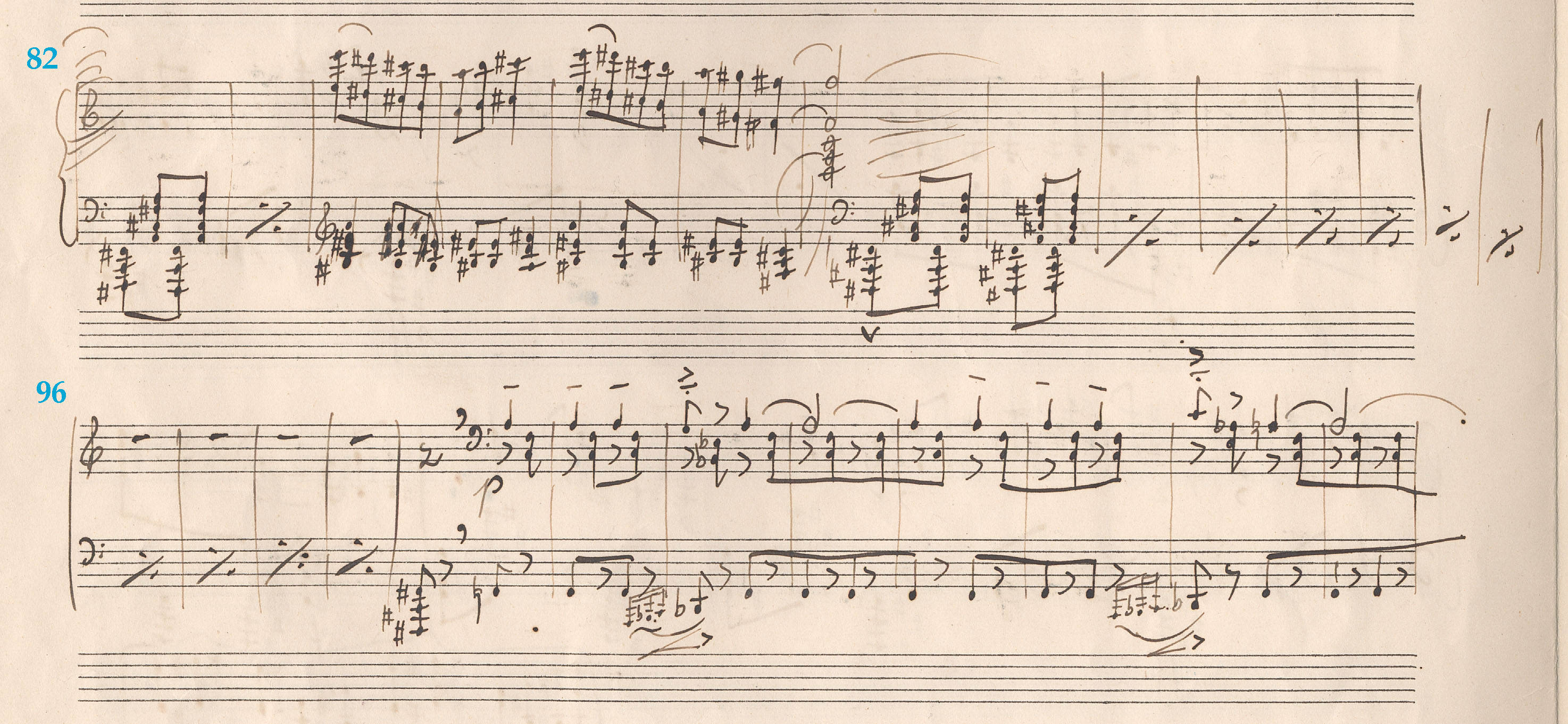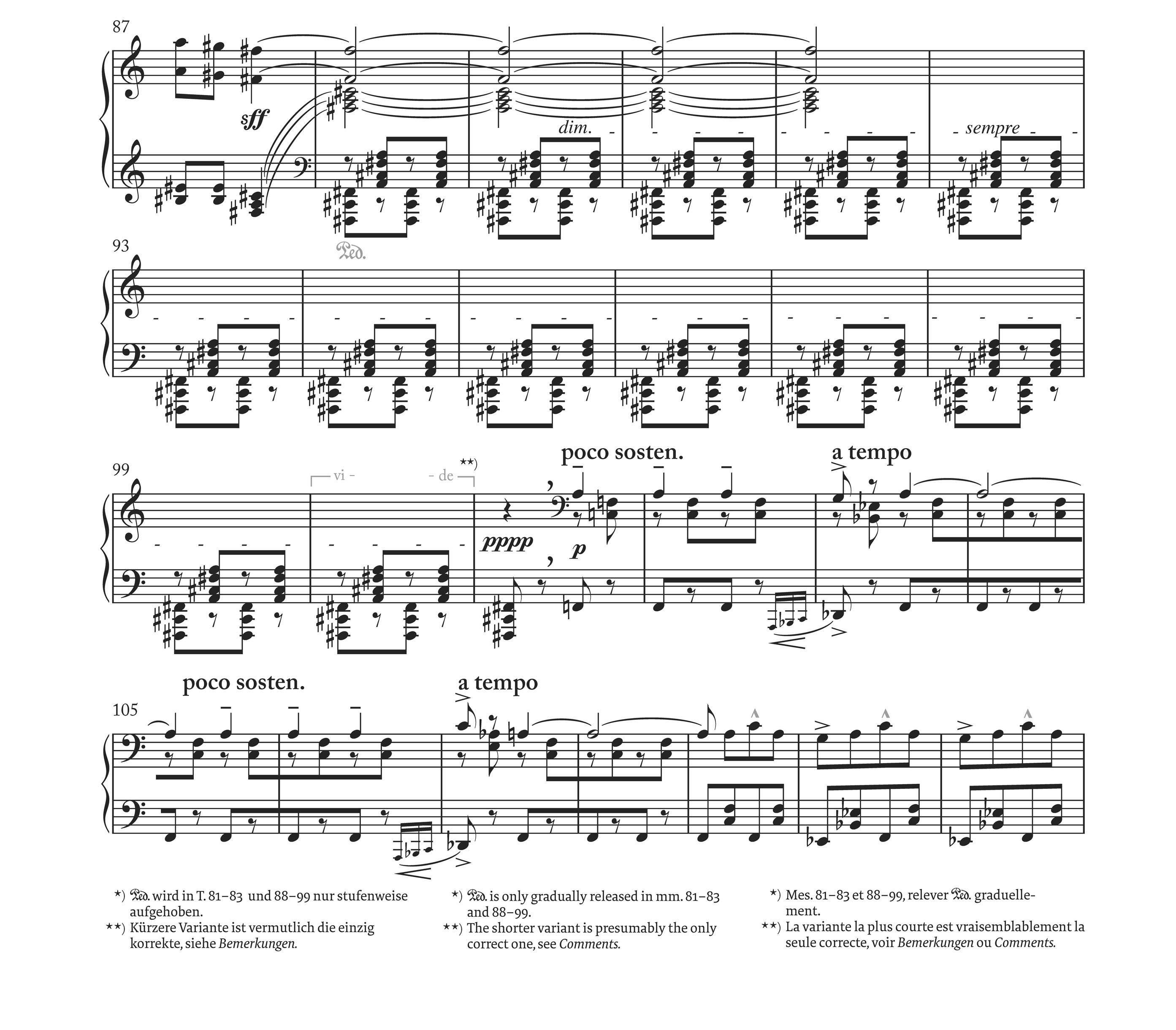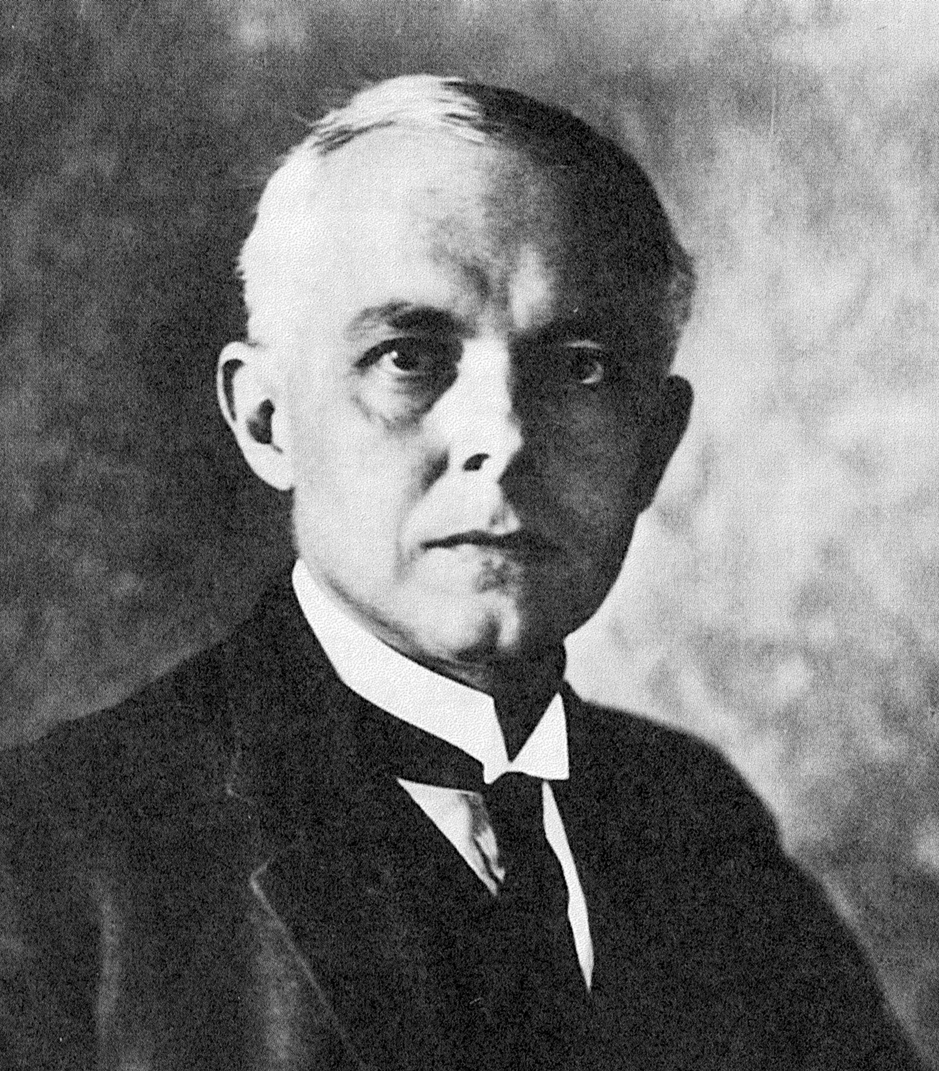 With Béla Bartók, we have added a new composer to our 2016 catalogue – always a special event for an Urtext publisher, and even a double pleasure in this case: The first is that we’re starting this year a huge, 48-volume complete critical edition of this composer’s works; The second is that (initially) his piano works are to appear in the blue Urtext editions for the practicing musician.
With Béla Bartók, we have added a new composer to our 2016 catalogue – always a special event for an Urtext publisher, and even a double pleasure in this case: The first is that we’re starting this year a huge, 48-volume complete critical edition of this composer’s works; The second is that (initially) his piano works are to appear in the blue Urtext editions for the practicing musician.
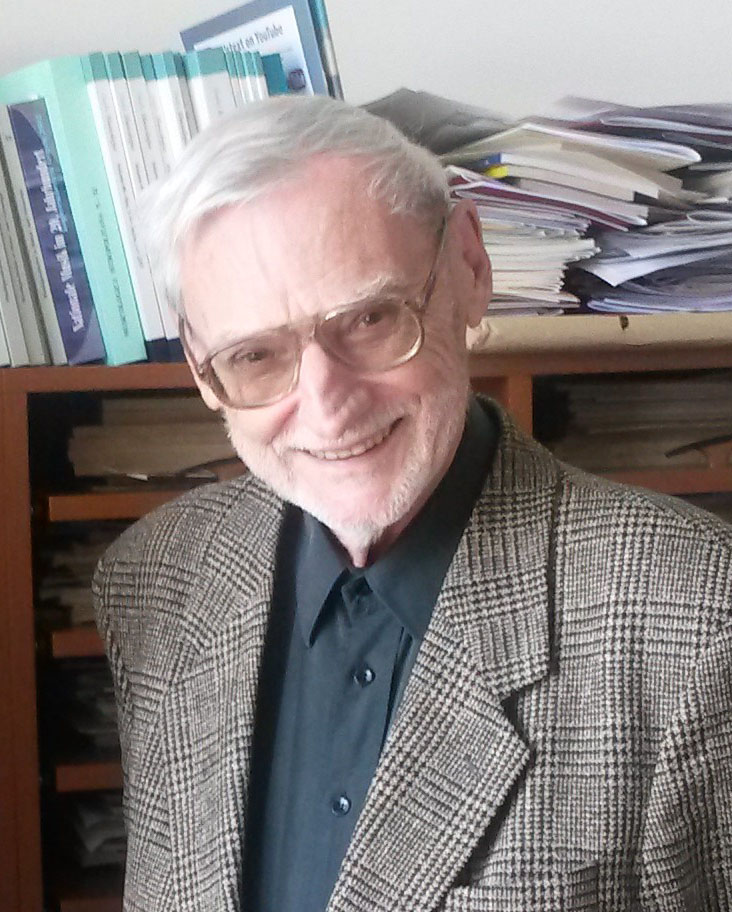
In order to exercise due diligence for this greatest of all Hungarian composers, we are approaching this project within a special partnership: that is, together with the Hungarian publishing house Editio Musica Budapest and the Budapest Bartók Archives. The longtime Head of the Archives who has initiated the complete edition, László Somfai, has now published in advance of the complete edition an Urtext edition of the Allegro barbaro (HN 1400), letting us have a peek through the keyhole. Reason enough for a short interview with the Bartók scholar:
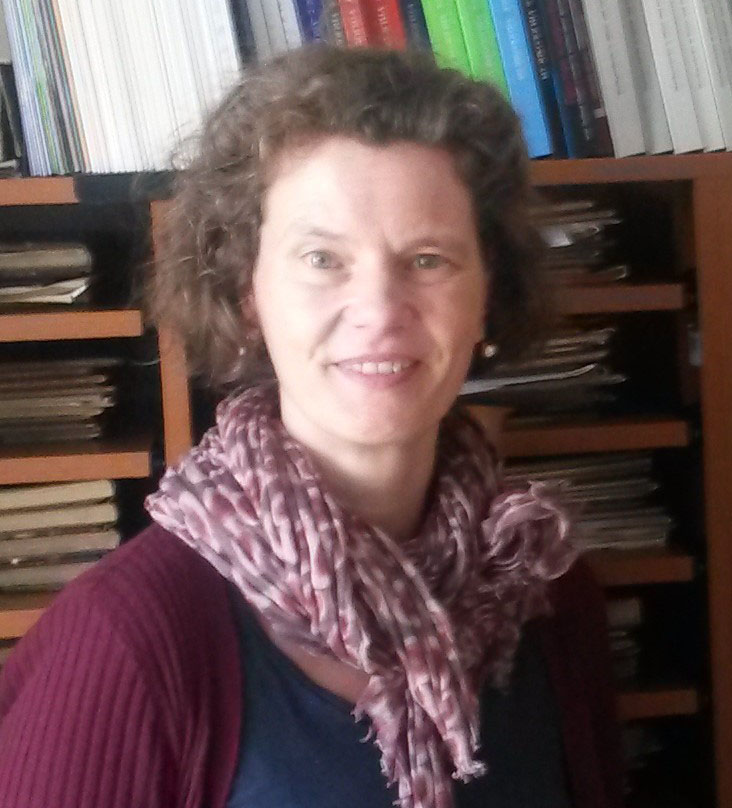 Professor Somfai, you’ve now spent your entire life as a scholar researching Bartók, how his works came to be composed, and how they have been passed down to us. You’ve shared this knowledge with us through numerous single monographs, major books, lectures, and a thematic works’ catalogue currently in progress – now to appear, finally, are editions of Bartók’s works that you are preparing. Why is this (also) of special concern to you?
Professor Somfai, you’ve now spent your entire life as a scholar researching Bartók, how his works came to be composed, and how they have been passed down to us. You’ve shared this knowledge with us through numerous single monographs, major books, lectures, and a thematic works’ catalogue currently in progress – now to appear, finally, are editions of Bartók’s works that you are preparing. Why is this (also) of special concern to you?
Since 1972, when I became the Head of the Budapest Bartók Archives, it was clear to me that the realization of a critical edition of Bartók’s oeuvre is very much needed. The post-war Bartók literature was irregular and distorted: there were lots of biographical and style-analytical books and studies but hardly anything on Bartók’s compositional process or on the performance practice of his scores. The main reason for this unbalanced situation was primarily that the two major collections of his manuscripts – one in the New York Bartók Archives, the other in our archives in Hungary – were not available for interested musicians and musicologists. Or, the ambitious writers of dissertations could get assistance from only one side; it was indeed a “cold war” situation.
But that wasn’t the only problem, or…?
Another worrying fact was that there were on the market different printed editions of the same works of his music – older and revised versions, pre-war Universal Edition prints and, in part, different Boosey and Hawkes versions, but also Editio Musica Budapest prints, not to mention the illegitimate but cheap Soviet pirated editions. I began fighting for a Bartók critical edition more than four decades ago. Based on my scholarly connections with the Haydn-Institut in Cologne and the Mozarteum Salzburg, participating in Schoenberg and Webern conferences in Vienna in the 1970s, organizing a meeting in Hungary for the editors of the Schoenberg, Berg, Janáček (etc.) Gesamtausgabe [complete-edition] projects, I studied the new, post-war critical editions and outlined the somewhat different profile of a Bartók edition. From the beginning it was clear that in several cases one single text of a work cannot be canonized. Furthermore, it was also recognized that Bartók’s own recordings must be treated as basic sources. It was a crucial step that already in 1981 on 26 LPs at Hungaroton we made the complete recording of Bartók’s piano performances public. It became a great source for pianists as well as for Bartók scholars, but without the printed critical text, it was to some extent disturbing news, especially for the performer. Because the printed text and the author’s rendition were often so different!
And, indeed, even this printed text still differed in the already-mentioned various editions that Bartók himself had had published from time to time! For reappraising this sometimes very chaotic source situation, the Bartók Archives, founded in 1961, today offers internationally unique research opportunities: Besides housing numerous original scores and documents coming from Bartók’s own possession and from various other estates, it also includes copies of sources preserved in other collections, so that viewed here can be, by your estimation, some 95% of all the sources for studying Bartók’s life and works. What do you see as the particular objective of the Bartók complete edition?
For the scholar, the edition should include not only the most authentic version of finished and published compositions and the mostly unpublished juvenilia, but the significant variant forms, as well as the sketches and fragments. For the interpreter, the goal of the edition is not to reduce the musical text to one authentic form, but to make authentic alternative versions available; problems affecting the performance will be referred to in the main text, not just in separate critical commentaries.
Bartók occasionally published his works in revised editions. Was he a good editor of his own works?
Yes, he carefully prepared the printer’s copy and had a good eye for misprints. Nevertheless, while Bartók’s eye always discovered mistakes in the rhythmic arrangement, missing accidentals often escaped his notice, and note values in the metronome markings were repeatedly printed wrong (e.g., quarter instead of half note, as in case of Allegro barbaro).
And why not simply print, for example, the Allegro barbaro, from Bartók’s revised edition?
The main reason is that in this case the printed text and the performed text as Bartók played it, not just on one occasion, but in two recordings taken at different times under different circumstances, are not identical. Thus, it is not simply the question of the basic tempo (he played it faster than indicated in the revised edition) or differently-positioned major accents, but even the length of certain ostinato sections is different; Bartók’s rendition presents a quasi “corrected version.”
With that we come back again to the audio sources. In general, they are indeed an important part of the transmission process in music of the 20th century and also show up as sources in our Henle Urtext editions of Scriabin or Gershwin pieces. Here as a rule, though, only additional information is gained about personal and/or temporary performance variants (such as tempo, agogics or full-voicing), whereas in Bartók’s case, audio recordings are now and then significant for the actual constitution of the music text. So it also is with the Allegro barbaro, for which a recording exists, to which he would specifically want to refer in forthcoming reprints of his edition. Why did Bartók make such “authentic recordings?” Did he not trust the printed text?
Principally, Bartók did not intend at all to make Referenzaufnahmen, recordings that he played as model-performances. In fact, he always took sides with live music as opposed to mechanically recorded music and proclaimed the “steady variability of artistic performance” (he wrote about it in an essay on “Mechanical music”). Nevertheless, he surely heard renditions of his piano works in incorrect readings of the notation, which made him feel bitter and hopeless. Therefore, in the 1930s in two cases – in the otherwise unchanged reprint of Suite op. 14 and in the Allegro barbaro – he instructed Universal Edition to print a footnote to the first page referring to his own recording: “Authentische Grammophon-Aufnahme (Vortrag des Komponisten)” [Authentic gramophone recording (the composer’s performance)], with the data from the disc produced by His Master’s Voice.
Instead of such a reference, the recording has even been consulted for your Urtext edition of the Allegro barbaro. The variants are reproduced, shaded in grey, in the music text and explained in the “Editorial notes for the performer.”
They concern not only tempo, articulation, and pedal usage, but as already mentioned, also the lengths of the ostinato passages so characteristic of the piece – and in one case, the recording even discloses a possible error in the music text: In the diminuendo in mm. 88–100, Bartók plays – in accordance with the autograph – only 12 instead of 13 measures. Thus, this transitional passage has an even number of measures as is characteristic of analogous passages in the piece. Since here Bartók plays the 12-measure version, not only in the (repeatedly checked) “authentic recording,” but also in another recording, we can rule this out as a mistake. Conversely, it is quite conceivable that in copying the autograph, this one-measure spot was inadvertently copied twice, and that this error has continued down the line into the most recent printed edition, so that here the recording can “correct” the edition revised by Bartók.
What should musicians keep in mind when addressing audio-source variants in the practical edition?
As a first reflex: I personally am grateful for the publisher’s idea of additional grey print introduced in the Allegro barbaro edition; it is indeed a perfect solution for suggested, but not necessarily obligatory authentic instructions. I hope that everybody who will play it from the new Henle Urtext will also listen carefully to Bartók’s recordings. In my experience, up to now even Bartók-specialist pianists, who otherwise imitate significant features of the composer’s performance, have refrained from playing different-length ostinato repetitions even if they recognized them in the recording. The Henle Urtext with the grey print and with the additional texts clearly points out that the “corrected” length is indeed the composer’s revision.
Finally, one last question: How does it feel to have in front of you your first Bartók Urtext edition – as a forerunner, in a way, of the complete edition?
After more than four decades of a somewhat Don Quixote fight to realize a dream, it is a special present for me.

